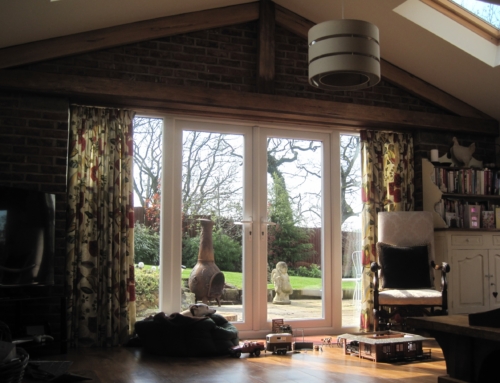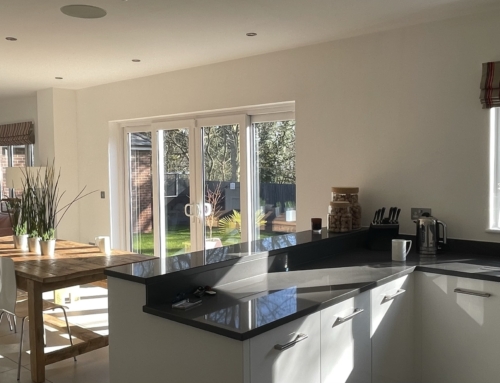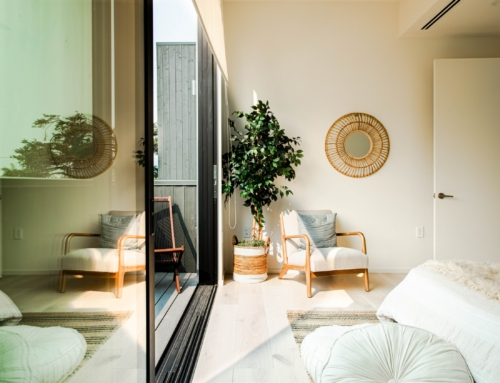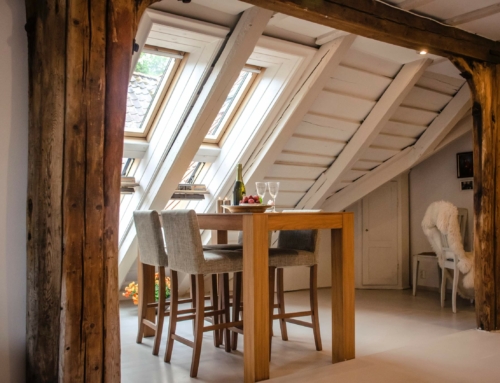When it comes to home extensions and improvements, single storey extensions are more common. These usually involve extending the kitchen or living area, or adding a conservatory or orangery to your home. But what are the considerations for planning a double storey home extension? And how can an architect help you achieve the perfect property? Well, here at David Haworth Design, we are leading residential and commercial property architects.
Top considerations for planning a double storey home extension
The most important considerations for planning a new two floor home extension include:
- the location of the home extension
- planning permission
- the purpose of the home extension
Deciding on the location of the home extension
A double floor home extension can be added to the back or the side of the property, depending on your preference, and the amount of space available. Generally, there is more space to build out at the back, than there is from the side, so this is the most common choice. Losing some garden space can be a good compromise for additional living and sleeping space. A professional architect, like us here at David Haworth Design, can help to make sure that your home extension adds value and space to your property, in the most effective manner.
Planning permission for double storey home extensions
Most two storey home extensions can be built under permitted development rights, which means that you wont need planning permission. However, you will need to stick to the guidelines and ensure:
- Your extension is not taller than the highest part of your existing roof
- It must not extend beyond the rear wall by more than three metres
- It has to be at least seven metres away from the boundary
- It has to be built in materials to match the original structure
- Further restrictions apply to homes in conservation areas
Working with an architect, and designing architectural drawings, can help to ensure that the quality of the property is not impaired by the building restrictions, and that your new double storey extension is compliant. You should also seek to obtain a certificate of lawful development, which can be very useful when selling the property.
The purpose of the home extension
This is an important aspect to be considered during the planning stage. If you want to install a new kitchen and a bathroom for example , you will have different requirements than a living room and bedroom conversion.
For more information or advice, get in touch with the professionals today, here at David Haworth Design.






